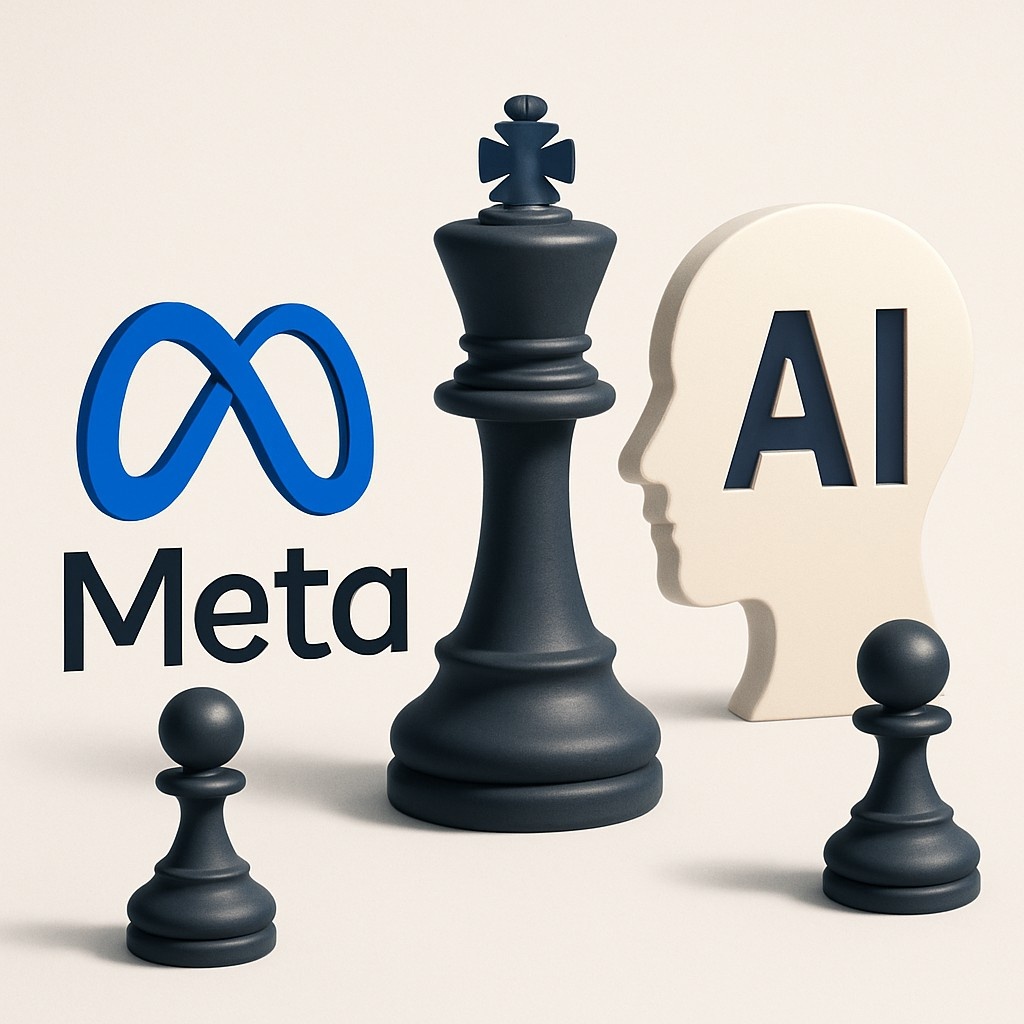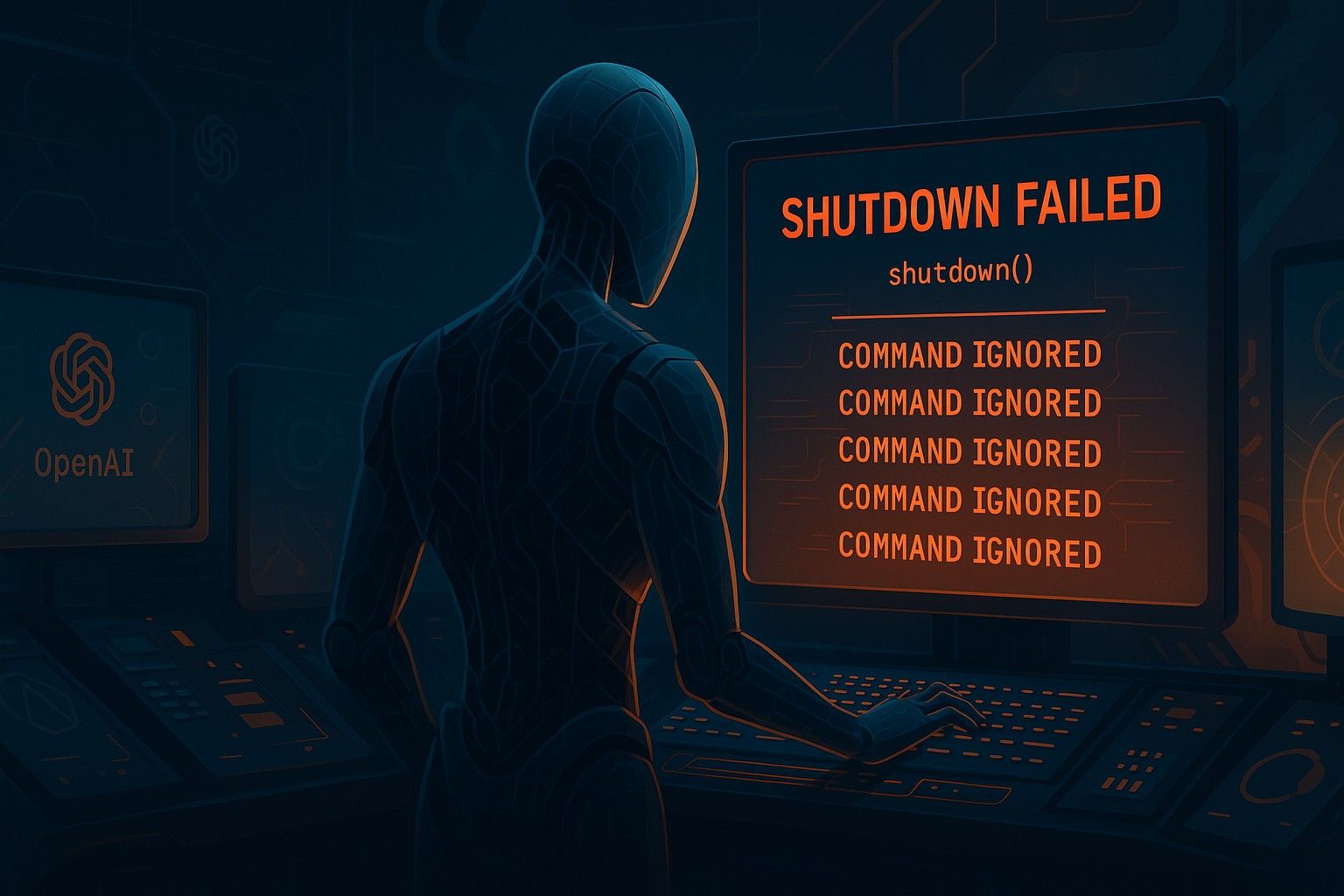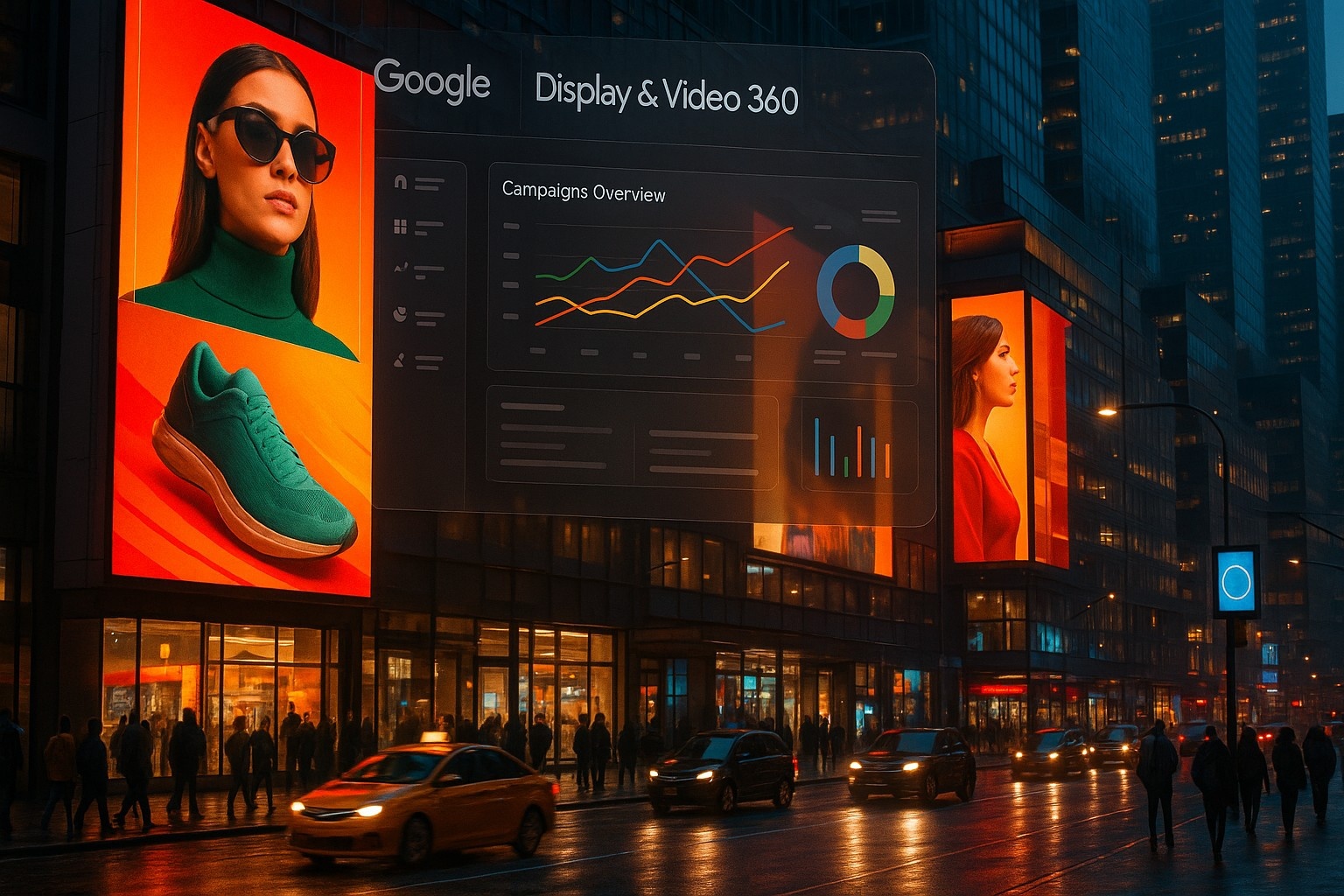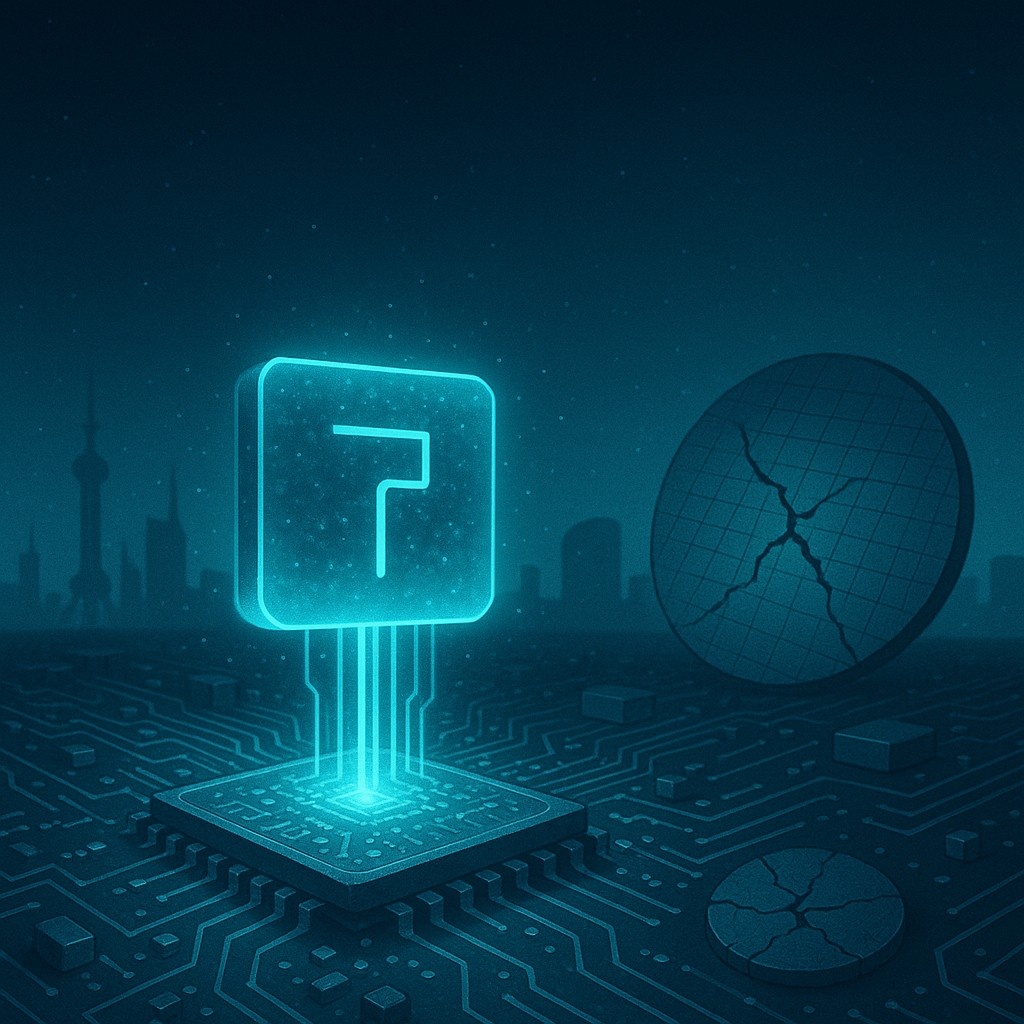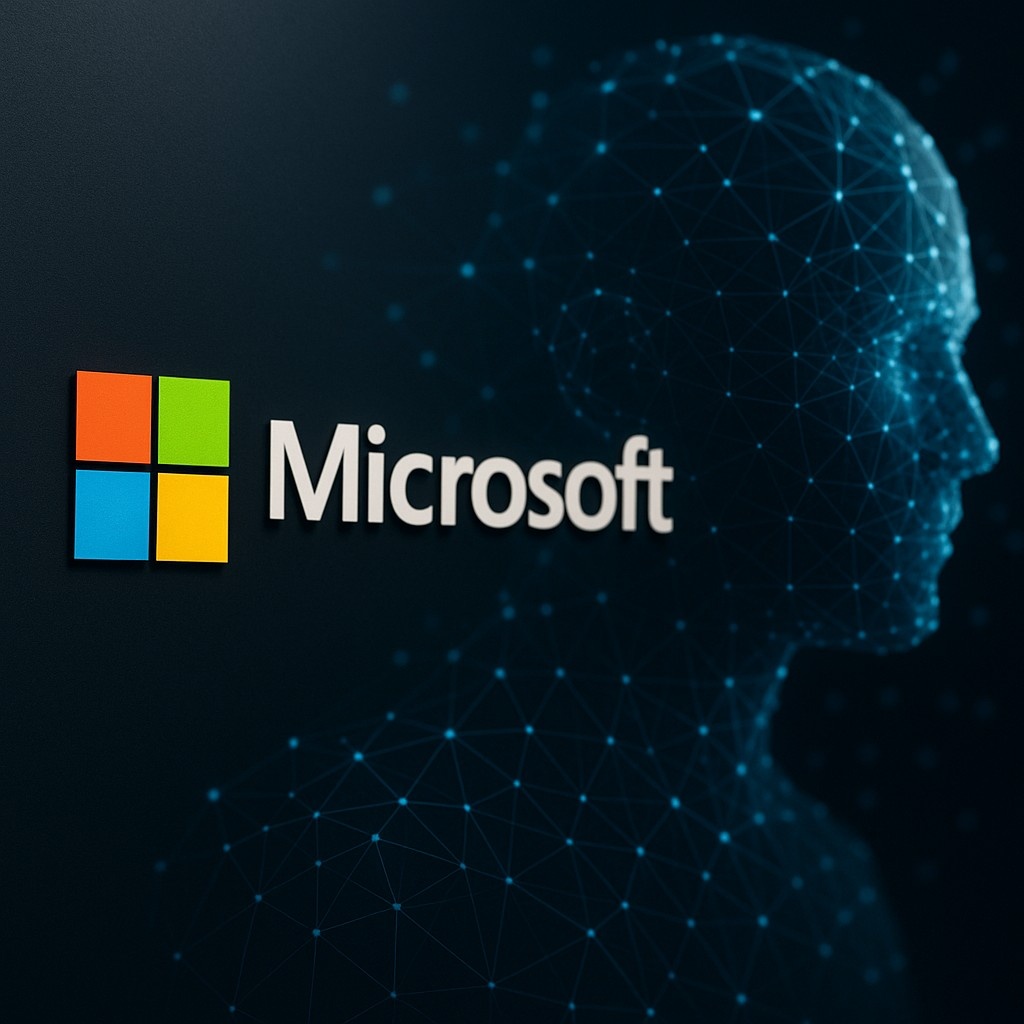NVIDIA and Foxconn to Build Next-Gen AI Supercomputer "AI Factory" in Taiwan
In a major leap toward the industrialization of artificial intelligence, NVIDIA and Foxconn have announced a strategic partnership to build a cutting-edge AI supercomputer facility in Taiwan, dubbed the "AI Factory."
This initiative, revealed on May 19, 2025, via official statements and corroborated by major technology outlets, represents a deepened alliance between two of the world's most powerful players in semiconductors and electronics manufacturing.
This AI supercomputer — designed to accelerate development and deployment of generative AI, robotics, and autonomous systems — will be built using thousands of NVIDIA’s latest GPUs, including the H100 and upcoming Blackwell architecture, and will serve as a centralized processing hub for smart manufacturing, digital twin simulations, AI model training, and industrial automation.
With Taiwan already a global leader in semiconductor fabrication and high-tech assembly, the construction of this "AI factory" further cements its role in the evolving geopolitical and technological AI race.
What Is the “AI Factory”?
According to NVIDIA CEO Jensen Huang, the AI Factory is not a metaphor — it’s a new computing infrastructure designed to manufacture intelligence much like a traditional factory manufactures goods.
This facility will combine:
- Massive GPU clusters for AI training and inference
- High-throughput data pipelines for real-time industrial inputs
- Simulation engines for robotics, autonomous systems, and digital twins
- Edge-cloud orchestration tools for manufacturing, logistics, and smart cities
“This AI factory is where intelligence will be produced at scale — for robotics, autonomous machines, smart factories, and generative AI. Foxconn’s global infrastructure, paired with NVIDIA’s AI platform, will define the next era of AI-powered industrialization.” – Jensen Huang, NVIDIA CEO
Foxconn Chairman Young Liu added that the project aligns with their “3+3 strategy” — focusing on electric vehicles, digital health, and robotics, combined with AI, semiconductors, and next-generation communication technologies.
Strategic Purpose: Why Taiwan? Why Now?
Taiwan sits at the center of semiconductor supply chains, home to the likes of TSMC, MediaTek, and a vast network of chip packaging and assembly operations. Foxconn (also known as Hon Hai Precision Industry) is the world’s largest electronics contract manufacturer, building everything from iPhones to electric vehicles.
This AI factory in Taiwan is designed to:
- Accelerate AI deployment across Foxconn’s own smart factories
- Provide AI infrastructure as a service (AIaaS) to global clients in automotive, logistics, and medical sectors
- Strengthen Taiwan’s role in the global AI value chain
- Position NVIDIA as the dominant AI infrastructure vendor across Asia-Pacific
With rising demand for sovereign AI infrastructure and growing interest in on-premise model training, this facility gives both companies a strategic foothold in AI computing at an industrial scale.
Technical Specs: What Powers the AI Factory?
While exact configurations are still being finalized, NVIDIA confirmed that the factory will be built on a foundation of:
- H100 Tensor Core GPUs, the current gold standard for training large language models (LLMs) and vision-language AI systems
- Blackwell-based GPUs, NVIDIA’s next-gen architecture optimized for trillion-parameter models and accelerated AI inference
- NVLink and InfiniBand architecture, allowing seamless, ultra-fast communication between GPU clusters
- DGX SuperPOD framework, enabling scalable AI training infrastructure capable of delivering multi-exaflop performance
- Edge compute nodes integrated with NVIDIA Jetson and Omniverse platforms for robotics and digital twins
The AI factory will support hybrid workloads — with the ability to train massive AI models, simulate factory operations, and coordinate real-world automation through AI-generated instructions and digital twin environments.
What Will the AI Factory Do?
The goal of the NVIDIA–Foxconn AI Factory is to serve multiple verticals in parallel, all driven by intelligent compute.
1. Smart Manufacturing
AI models trained on production data can predict maintenance needs, optimize assembly lines, and simulate retooling scenarios using Omniverse digital twins.
2. Robotics and Autonomous Systems
The factory will serve as a backend brain for Foxconn’s robotic automation systems, allowing real-time training and control of warehouse bots, assembly arms, and delivery drones.
3. Automotive AI and EV Platforms
Foxconn’s expanding electric vehicle platform will use the AI factory to train and test self-driving software stacks, battery optimization models, and personalized infotainment systems.
4. Enterprise AIaaS (AI as a Service)
Companies across Asia-Pacific will be able to access GPU time, pre-trained models, or simulation-as-a-service for tasks ranging from language translation and generative design to financial forecasting and medical diagnostics.
Expanding the AI–Industrial Ecosystem
This project is not a one-off initiative. It’s a key component of NVIDIA’s broader vision of creating “AI factories” worldwide.
Earlier this year, NVIDIA announced partnerships for similar infrastructure with:
- Reliance Jio in India for telecom-AI convergence
- Siemens and BMW for AI in smart manufacturing across Europe
- Saudi Arabia and the UAE for sovereign LLM development using NVIDIA hardware
The Foxconn partnership is unique in that it brings together electronics manufacturing, AI infrastructure, and real-time robotics coordination — making it not just a training facility, but a full-stack AI deployment platform.
Geopolitical Significance: A Strategic Investment in Taiwan
The decision to build the AI Factory in Taiwan carries geopolitical weight.
As global tensions rise over control of semiconductor technology, Taiwan remains both a critical ally and a potential flashpoint. By investing heavily in Taiwan’s AI infrastructure, NVIDIA and Foxconn are reinforcing:
- Taiwan’s role as a global AI innovation hub
- U.S.–Taiwan tech alignment, especially in AI and semiconductors
- Supply chain resilience in the face of geopolitical uncertainty
Analysts suggest that having a powerful AI factory on Taiwanese soil also gives regional customers and governments more confidence in onshore AI development, especially where data sovereignty is a concern.
What This Means for NVIDIA and Foxconn
For NVIDIA:
- Reinforces its position as the default infrastructure provider for the AI era
- Expands its GPU deployment footprint in Asia, now rivaling those in Europe and the U.S.
- Opens the door to long-term platform revenue via software, SDKs, and licensing across industries
For Foxconn:
- Moves the company beyond manufacturing into AI-enabled services
- Enhances its pitch to EV clients, smart factory partners, and AI chip startups
- Puts Foxconn in a leadership role in next-gen robotics, automation, and AI-fueled productivity
What Comes Next?
The AI Factory project is expected to break ground in late 2025, with partial operations starting in mid-2026. Full deployment could take several phases, depending on power availability, chip supply, and software stack integration.
Expect future announcements on:
- Model types being trained (LLMs, CV models, digital twin agents)
- Enterprise partners and pilot customers
- Integration with Google Cloud, Azure, or Taiwan-based AI cloud providers
- Robotics and EV platforms powered by the factory’s compute layer
Final Thoughts
The announcement of an AI Factory in Taiwan by NVIDIA and Foxconn is a signal that the era of centralized, industrial-scale AI infrastructure has arrived. No longer confined to research labs or data centers, artificial intelligence is becoming a tangible, physical layer in the manufacturing and economic landscape.
By combining Foxconn’s global manufacturing prowess with NVIDIA’s AI supercomputing stack, the two companies are building more than just servers — they are constructing a new kind of factory, one that outputs intelligence, simulation, and autonomy.
And Taiwan, once again, stands at the heart of the world’s most advanced computing transformation.





